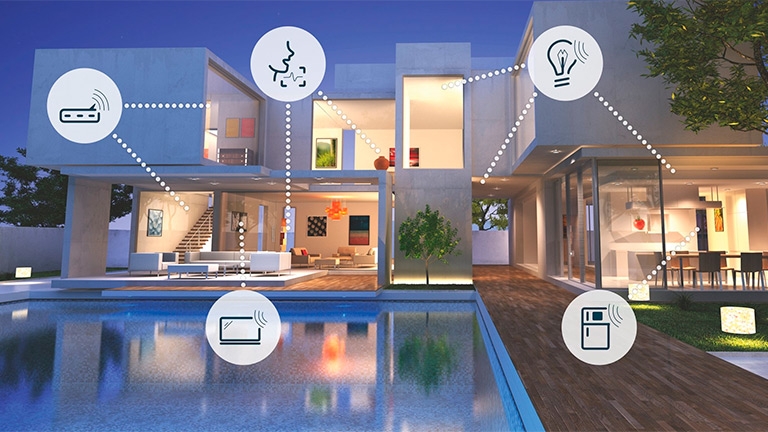With the rise of the Internet of Things (IoT), understanding how to control smart home devices has become an essential skill for both homeowners and businesses. The convenience of automating everyday tasks, improving energy efficiency, and enhancing security are just a few benefits of integrating smart home technology into your life. Whether you're a tech enthusiast or a newcomer, mastering the ability to control these devices can significantly transform your lifestyle.

The Allure of Smart Home Technology
Smart home technology offers a plethora of solutions aimed at making your home more efficient and secure. From smart thermostats that adjust temperatures based on your preferences to security cameras that provide real-time alerts, the possibilities are endless. As per the insights shared on how AI powers smart homes, the integration of artificial intelligence further enhances these capabilities by learning user habits and adapting accordingly.
Getting Started with Smart Home Devices
Before diving into the various ways to control your devices, it's crucial to understand the basics of smart home installations. If you're just getting started, consider checking out this beginner's guide to set up your system correctly. Ensuring that your devices are connected to a secure network and are compatible with each other is the first step toward a seamless smart home experience.
Methods to Control Smart Home Devices
Once your devices are installed and connected, controlling them can be done through various methods. Here are some popular options:
Voice Assistants
Voice assistants like Amazon Alexa, Google Assistant, and Apple's Siri have revolutionized the way we interact with our homes. By simply using voice commands, you can control lighting, adjust the thermostat, and even lock your doors. This hands-free approach is not only convenient but also enhances accessibility for those with disabilities.
Mobile Apps
Most smart home devices come with dedicated mobile apps that allow users to control them remotely. These apps provide a centralized platform to manage all your devices, set schedules, and receive notifications. For instance, the lifestyle benefits of smart homes are amplified when you can adjust your home's settings from anywhere in the world.
Automated Schedules
Automation is a key feature of smart home systems. By setting up schedules, your devices can operate independently based on your routine. For example, you can program your lights to turn on at sunset or your coffee maker to start brewing every morning at 7 AM.
Geofencing
Geofencing uses your smartphone's location to trigger actions in your smart home. This means that certain devices can be set to activate or deactivate as you enter or leave a predefined area. It's a convenient way to ensure your home is always ready for your arrival or departure.
Overcoming Common Challenges
Although smart home technology offers many advantages, it does come with its set of challenges. Connectivity issues, compatibility problems, and security concerns are some common hurdles. To tackle these, it's advisable to consult resources like the common problems of smart homes to find effective solutions.
Ensuring Security in Smart Homes
Security is a paramount concern when dealing with smart home devices. Always keep your software updated and use strong passwords to protect your network. Additionally, consider enabling two-factor authentication for an added layer of security. For more detailed tips, visit Security.org for the latest recommendations.
The Future of Smart Home Control
The future of smart home technology is promising, with advancements in AI and machine learning leading the way. These technologies allow for more personalized and intuitive control over your devices. As AI continues to evolve, the potential for smarter, more responsive homes becomes increasingly attainable.

Conclusion
Understanding how to control smart home devices is a crucial step toward embracing the full potential of modern technology. Whether it's through voice commands, mobile apps, or automated schedules, the ability to manage your home efficiently is now at your fingertips. For further exploration, be sure to check out the installation checklist for smart homes to ensure you cover all bases.
FAQs
Q1: Can I control smart home devices without the internet?
A: Most smart home devices require an internet connection to function, especially if you're controlling them remotely. However, some devices can operate via local networks without internet access.
Q2: Are smart home devices compatible with each other?
A: Compatibility depends on the devices and platforms you choose. It's essential to select devices that can integrate seamlessly, often facilitated by using a central hub or a unified app.
Q3: How do I secure my smart home network?
A: To secure your network, use strong passwords, update your devices regularly, and utilize network encryption. Two-factor authentication can also add an extra layer of protection.

